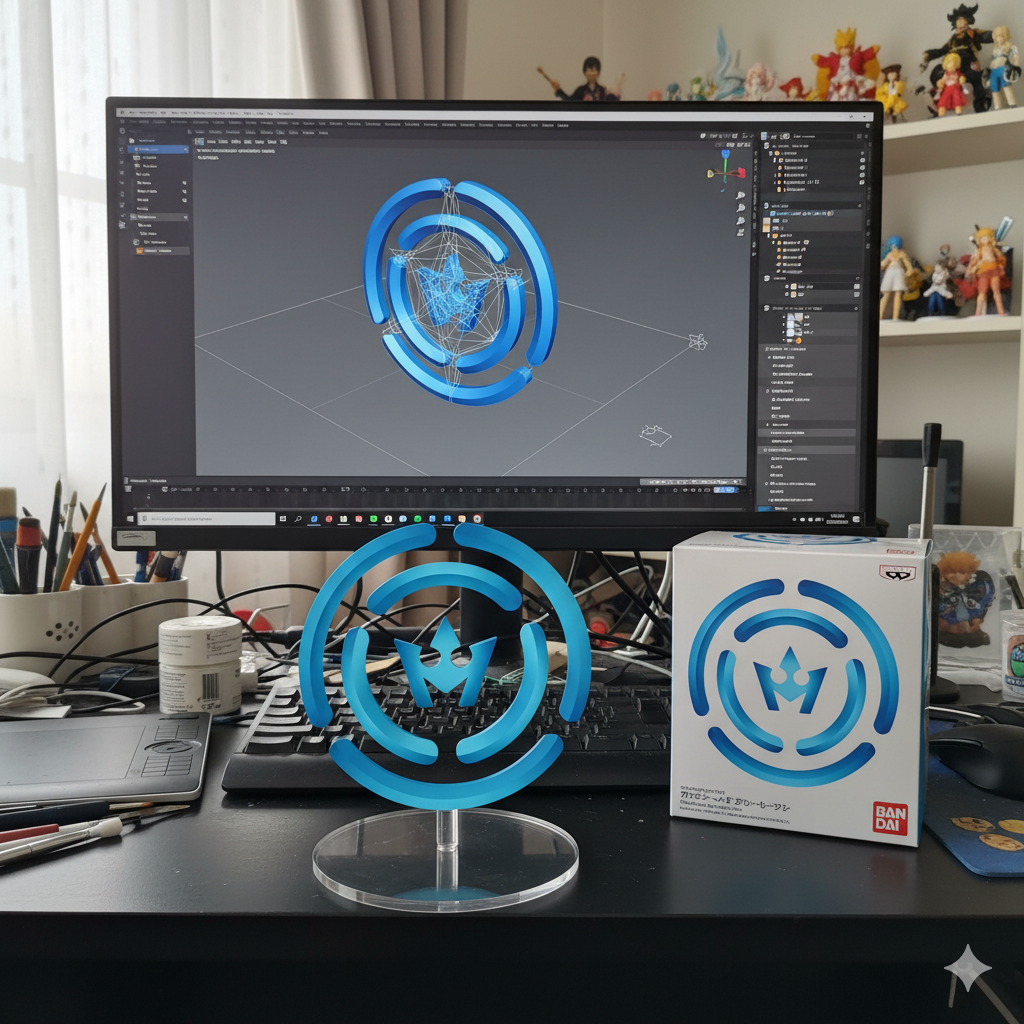73 wordsclear Humanize AI In 2025, the native vs cross-platform mobile app development debate rages on, and Flutter and Xamarin are the leaders in the discussion. This blog delves into the most important differences between these two frameworks when it comes to performance, speed of development, community engagement, scalability, and platform support. Whether developing an MVP or expanding a sophisticated mobile application, knowing the strong points and compromises of Flutter and Xamarin will assist you in making the best decision for your project.

Flutter vs Xamarin in 2025: Native vs Cross-Platform App Development
Flutter vs Xamarin in 2025: Native vs Cross-Platform Development
In today's changing world of mobile app development, native vs cross-platform frameworks is more than a technological choice—it's a strategic one. As we navigate 2025, Flutter and Xamarin are two powerful cross-platform players. But which one offers improved value now?
Let's dissect how each framework holds up in 2025 and what that means for developers, businesses, and product owners.
The Basics
What is Flutter?
Flutter is an open-source UI toolkit created by Google that enables developers to develop natively compiled applications for mobile, web, and desktop from a single codebase. It employs the use of the Dart programming language.
What is Xamarin?
Xamarin, now combined with .NET MAUI (Multi-platform App UI), is Microsoft-backed and facilitates cross-platform development with C#. Shared business logic between platforms is possible, along with platform-specific customization.
Flutter vs Xamarin: Head-to-Head in 2025
1. Performance
- Flutter: Provides near-native performance due to its Skai rendering engine. Optimized for more rapid animations and minimized startup time in 2025.
- Xamarin: Also provides near-native performance, particularly in Xamarin. Native apps. Nevertheless, Xamarin. Forms (now included in .NET MAUI) can fall back behind Flutter when it comes to rendering speed for complex UIs.
✅ Winner: Flutter (marginally better rendering and smoother UI)
2. Development Speed & Productivity
- Flutter: Includes hot reload, rich widget library, and native design tools that dramatically increase productivity.
- Xamarin: C# developers find it productive, particularly with tooling in Visual Studio, but initial setup can feel weightier.
✅ Winner: Flutter (simpler onboarding and quicker prototyping)
3. Community & Ecosystem
- Flutter: Backed by an enormous and expanding community with regular updates and copious third-party libraries.
- Xamarin: Still supported, albeit numerous developers moved to MAUI. Its community stabilized, then Microsoft changed focus.
✅ Winner: Flutter (more energy and community expansion)
4. Platform Compatibility
- Flutter: Supports iOS, Android, Web, Desktop (Windows, macOS, Linux), and even embedded devices.
- Xamarin/.NET MAUI: Supports iOS, Android, Windows, and macOS.
✅ Winner: Flutter (greater cross-platform support)
5. UI/UX Design Flexibility
- Flutter: Has pixel-perfect design with user-modifiable widgets that appear identical across platforms.
- Xamarin: Leverages native components, which implies that apps appear and feel more like native apps on every platform.
✅ Winner: Depending on your objective
- Want consistent design? Use Flutter.
- Need native platform appearance? Xamarin (MAUI) may be a better fit.
6. Long-Term Support & Future Proofing
- Flutter: Google rapidly developed with solid long-term support.
- Xamarin: Maintained actively through .NET MAUI, but the Xamarin name is being retired.
✅ Winner: Flutter (less ambiguity and more forward momentum)
When to Choose Flutter
- You need to ship fast with stunning UI on all platforms.
- You want consistent UI and animation across platforms.
- You have a team willing to learn Dart.
- You target wider platform coverage (web and desktop included).
When to Use Xamarin/.NET MAUI
- You already have a team of C#/.NET professionals.
- You require close integration with Microsoft tools and services.
- You prefer native UI controls for every platform.
- You are mainly targeting mobile and Windows applications.






